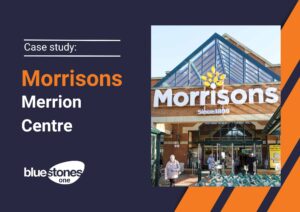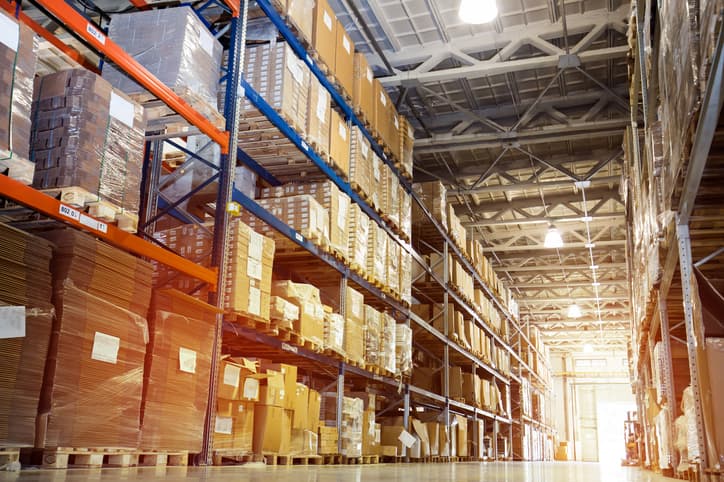From the birth of modern high street in the 1950’s to the rise of online shopping, the way that people shop has changed dramatically, and retailers have had to stay ahead of moving trends to ensure they don’t get left behind. But, how have shopping habits changed?
Consumers now don’t see a distinction between online and offline shopping – if they’re browsing a brick and mortar store, searching the internet for a bargain or using a mix of the two to make purchasing decisions, it’s still all shopping. Here are just some of the ways shoppers habits have changed.
1. Shoppers aren’t reliant on salespeople anymore
Gone are the days of a shopper entering a store, being greeted by a shop assistant and relying on them to give them information about the products they are interested in. Shoppers will now research an item before making a purchase, especially if it’s a big-ticket item, sometimes learning more about an item than a salesperson. Shoppers want to ensure they’re getting the best value for their money so are willing to put in the time in to learn about a product for themselves.
2. Seasonal shopping is out
Shoppers are now wise to the fact that if they wait long enough, that product they’ve had their eyes on will end up discounted or in the sale, which has resulted in typical seasonal items being purchased “out of season”. Consumers are now happy to buy most things out of season and create a wardrobe that works for them, whether that’s buying something and waiting until they need it or layering clothes which can be worn together or separately depending on the weather. Many retailers are now ditching the seasonal cycle and releasing modular pieces that can be worn throughout the year to suit shoppers’ new behaviours.
3. Shoppers are still reluctant to buy expensive goods online
It would be easy to assume that online shopping outperforms the high street in all aspects, however, 62% of UK shoppers still prefer to make pricey purchases in store, with 82% believing buying on the high street gives them more security when making those expensive purchases. A survey conducted by PushON also found that 79% of shoppers have seen and researched a product online but have gone to the high street to make the final purchase, preferring to have seen an expensive item in person before committing to spending. Consumers have also admitted that they are hesitant to spend over £1000 online preferring instead to hand over large sums of money in person.
4. Word of mouth is still relevant
Then: People relied on family and friends’ opinions on an item or product. Now: They rely on online reviews, watching YouTube videos and trawling Instagram to see what other people think of a product. Consumers are now using opinions/word of mouth as part of the research process (as mentioned in point 1) to influence their buying decisions and retailers who are on the ball are using this to their advantage, from using influencer marketing and working to promote positive feedback to advertising against search terms and keywords like “reviews”.
5. Believe it or not, Brits don’t like to queue
Research by Lightspeed has found that the average amount of time a Briton is prepared to spend stood in a queue is 6 minutes and 46 seconds, and 69% of UK shoppers have decided not to buy an item because of a long queue. It has also been found that consumers won’t even enter a store if it appears to be busy. Amazon is the first retailer to trial a completely check-out free brick and mortar store, effectively putting an end to queues. The store relies on cameras and sensors to track what shoppers remove from the shelves, and what they put back. Customers are then billed after leaving using a credit card on file. While it is a format that has had issues (tracking people with similar body shapes and children entering the store and moving stock), it shows that retailers are willing to experiment to ensure they aren’t left behind.





